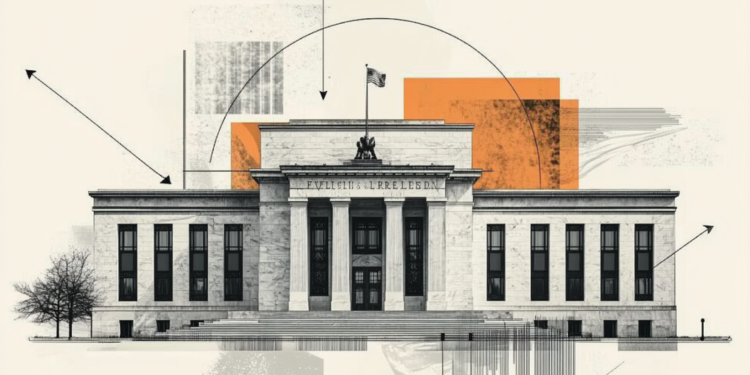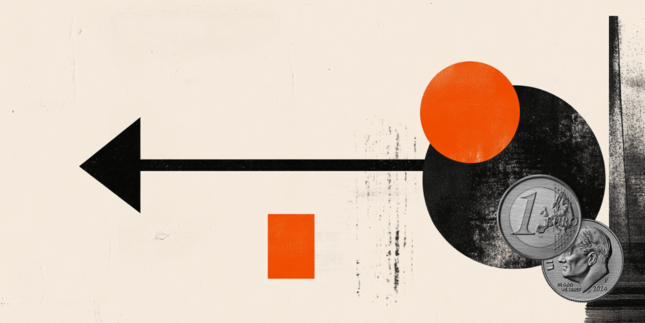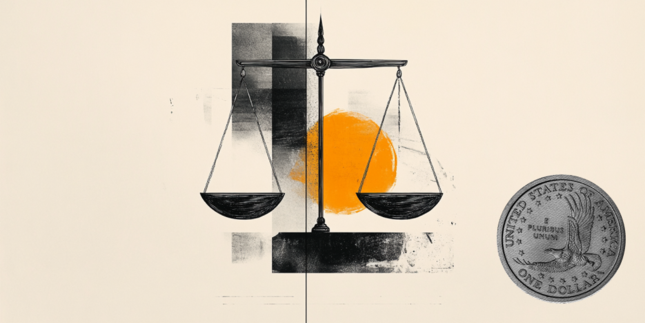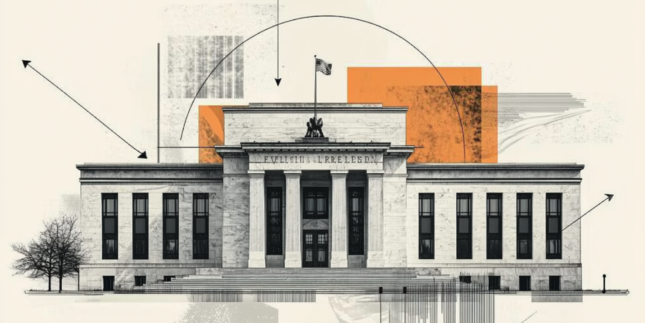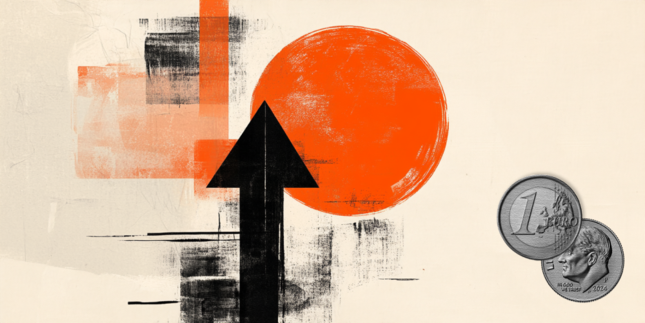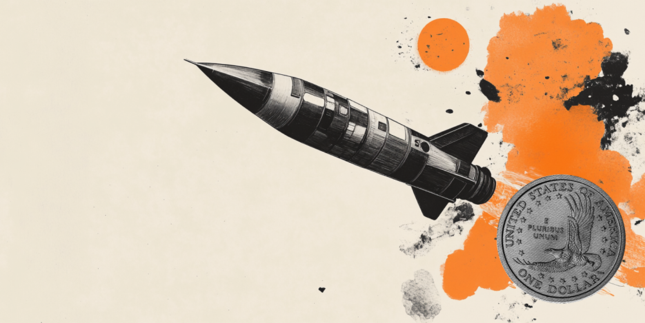US Treasury Sec. Bessent: Two-year yields below federal funds rate is signal that Fed should cut rates
United States (US) Treasury Secretary Scott Bessent told Fox Business Network on Thursday the fact that the two-year US Treasury bond yield is below the federal funds rate is a signal that the Federal Reserve (Fed) should cut rates, per Reuters.
Key takeaways
"Tariffs situation with China will be a multistep process.""
"We need to see a deescalation with China on tariffs."
"China needs to rebalance."
"If the US, China could rebalance together, that would be a big deal."
"Chinese economy is slowing down substantially, we will likely revisit Trump's phase 1 trade deal."
"We're going to bring down China's unfair trade barriers, hold China to its prior commitments."
"If holiday orders not placed, could be devastating for China."
"Had very good meetings with Indonesian finance minister."
"We're going to bring down European digital services taxes."
"Will lessen uncertainty on tariffs every day and every week."
"We expect to see GDP revised."
"GDP decline may have been due to inventory stocking of imports."
"US household consumption is strong."
Market reaction
The US Dollar (USD) Index holds its ground following these remarks and was last seen rising 0.25% on the day at 99.90.
US-China Trade War FAQs
Generally speaking, a trade war is an economic conflict between two or more countries due to extreme protectionism on one end. It implies the creation of trade barriers, such as tariffs, which result in counter-barriers, escalating import costs, and hence the cost of living.
An economic conflict between the United States (US) and China began early in 2018, when President Donald Trump set trade barriers on China, claiming unfair commercial practices and intellectual property theft from the Asian giant. China took retaliatory action, imposing tariffs on multiple US goods, such as automobiles and soybeans. Tensions escalated until the two countries signed the US-China Phase One trade deal in January 2020. The agreement required structural reforms and other changes to China’s economic and trade regime and pretended to restore stability and trust between the two nations. However, the Coronavirus pandemic took the focus out of the conflict. Yet, it is worth mentioning that President Joe Biden, who took office after Trump, kept tariffs in place and even added some additional levies.
The return of Donald Trump to the White House as the 47th US President has sparked a fresh wave of tensions between the two countries. During the 2024 election campaign, Trump pledged to impose 60% tariffs on China once he returned to office, which he did on January 20, 2025. With Trump back, the US-China trade war is meant to resume where it was left, with tit-for-tat policies affecting the global economic landscape amid disruptions in global supply chains, resulting in a reduction in spending, particularly investment, and directly feeding into the Consumer Price Index inflation.
Forex News
Keep up with the financial markets, know what's happening and what is affecting the markets with our latest market updates. Analyze market movers, trends and build your trading strategies accordingly.
